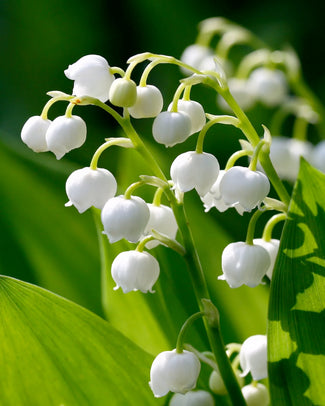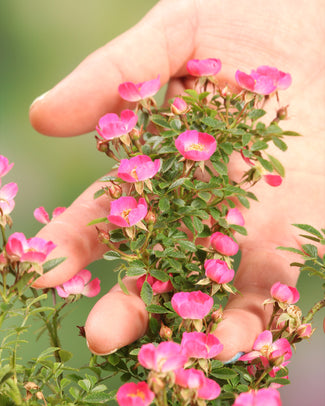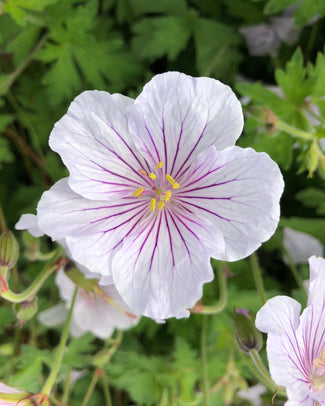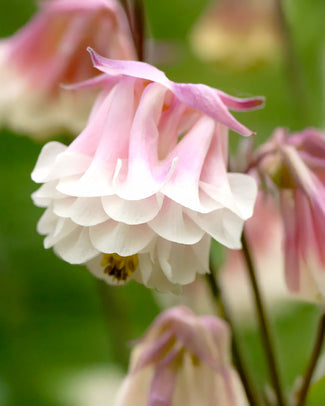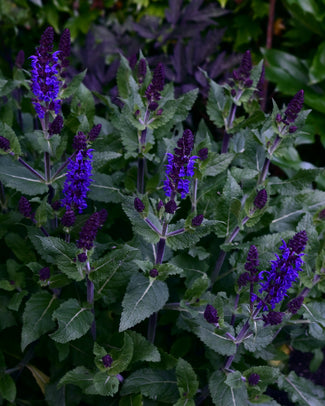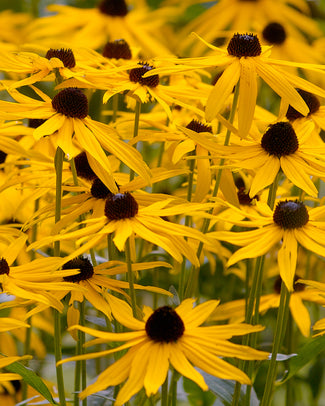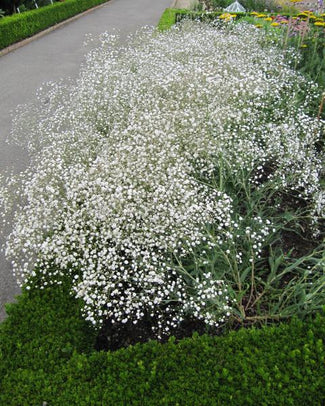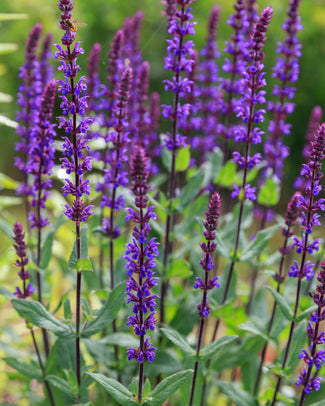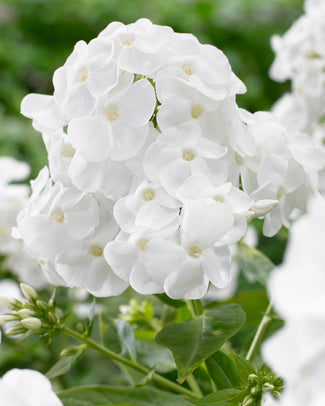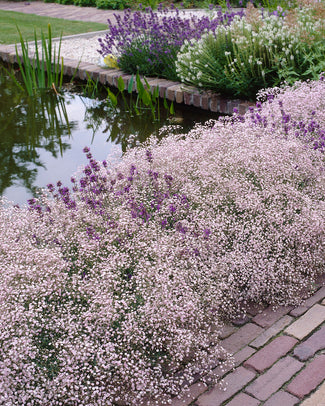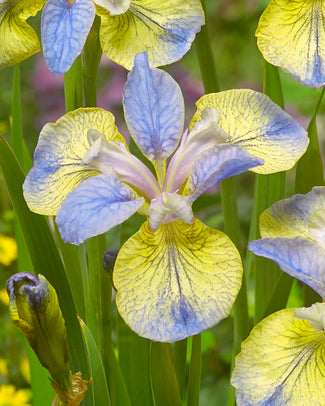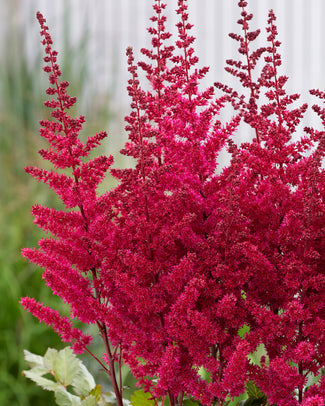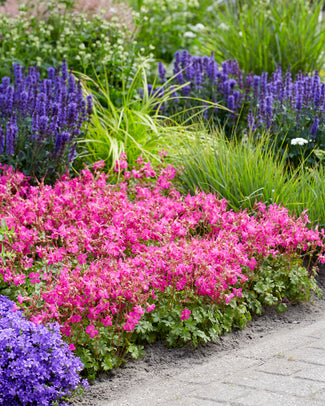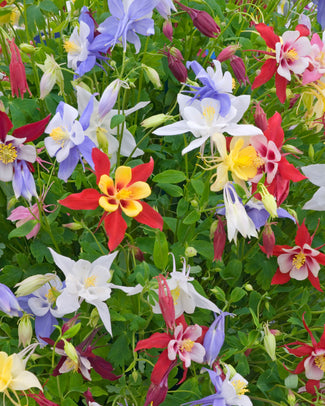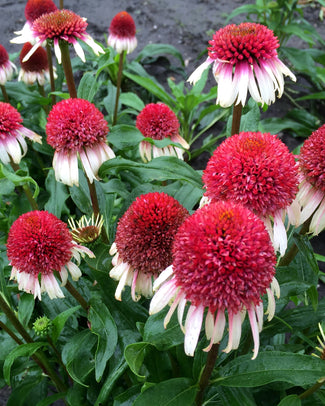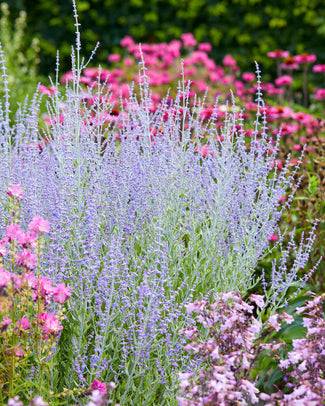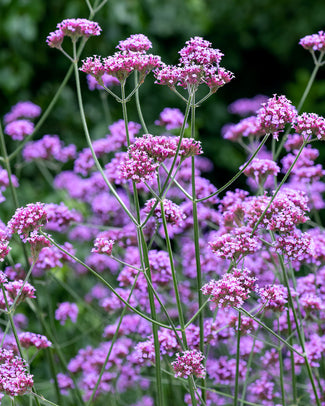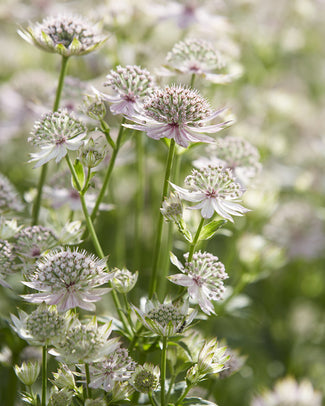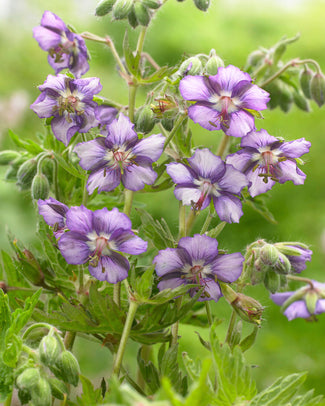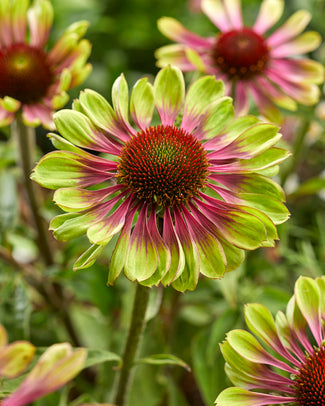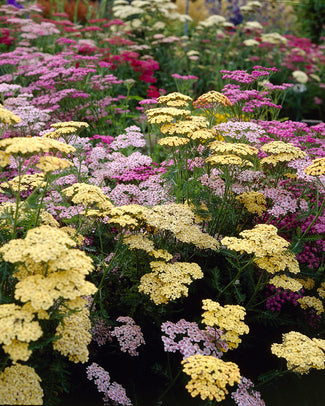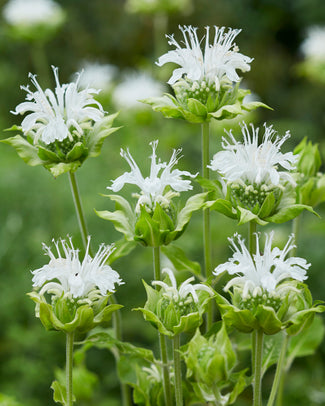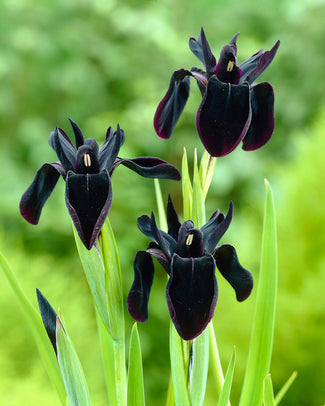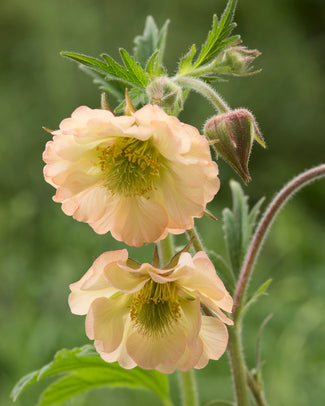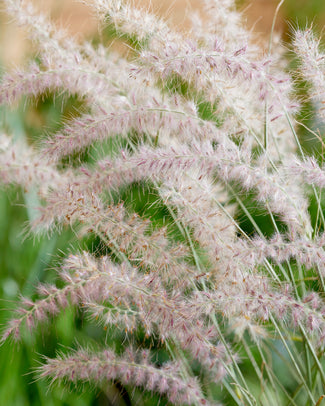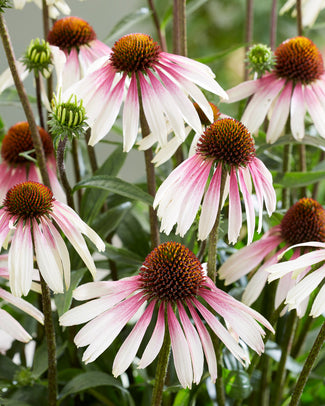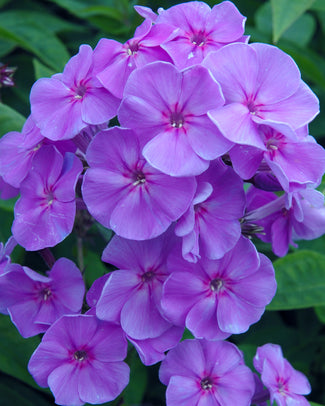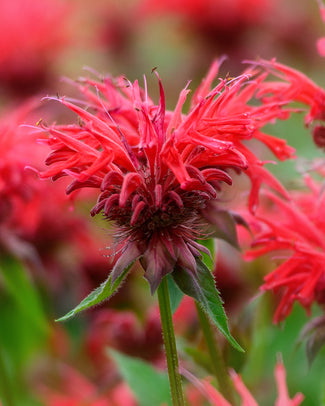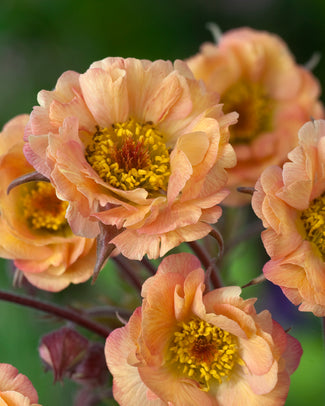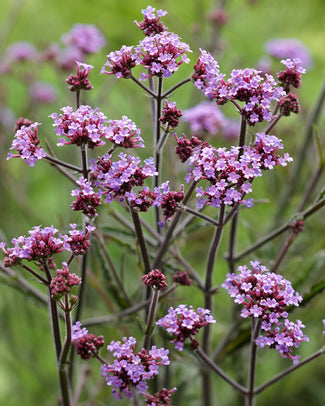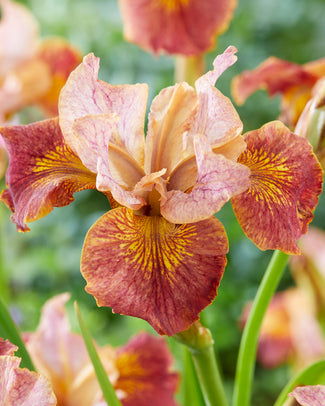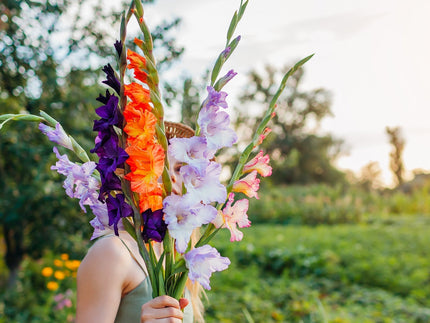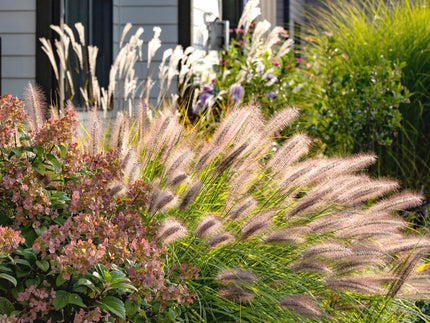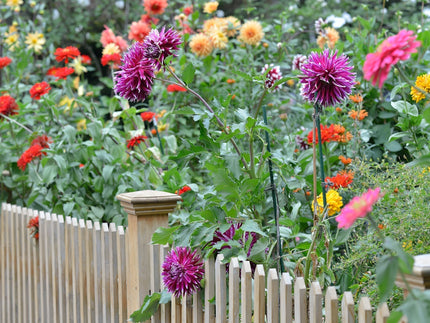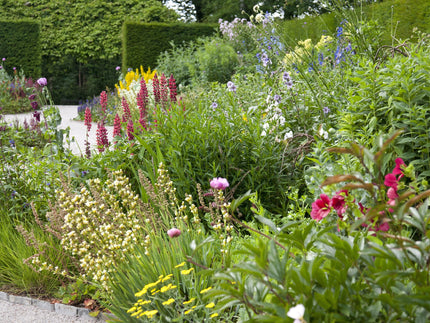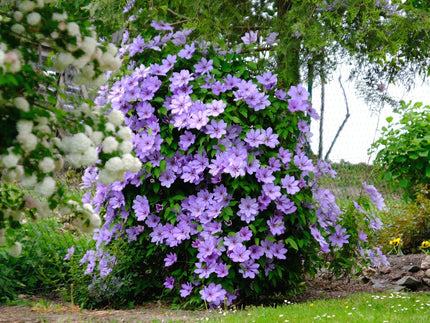How to plant Alstroemeria
Alstroemeria is known as the Peruvian Lily, and is native to South America. It can grow well in sun or shade and tolerates winter temperatures down to between -5C/-10C. Application of a mulch in winter is beneficial, alstroemeria grow best a rich and fertile soil that is kept consistently moist, but well-drained. They bloom during summer-late summer, tall varieties with long stems make exceptional cut flowers. There are also compact varieties available which are well suited to growing in pots, small spaces, gravel gardens or near to the front of border.
How to plant
- Plant Alstroemeria roots in spring between February and May, ideally within a week of delivery.
- Soak the roots for 3-6 hours before planting, then pot up into 2 litre (or 15-20cm diameter) pots using a good quality multipurpose compost.
- Plant with the roots submerged and with the top of the root system just level with the soil surface. Any shoots or leaves which have emerged already should be left exposed above the soil surface.
- Grow them on in a sheltered area outside. They can be transplanted into suitable growing positions after 2-4 months or once growth is established and the plants easily come out of the temporary pots with the soil held intact by the roots.
- When planting into the garden, choose a position in full sun or light shade. Alstroemeria grows well in free-draining soil, avoid planting in heavy clay soil or poor sandy soil.
- As with all young plants, monitor your new plantings for pest damage and keep space clear around the young plant, removing excess growth from neighbouring plants in the border to reduce competition.
- This perennial is fully hardy and does not require winter protection.
- Water-in after planting and keep hydrated when in growth, particularly during the first year.
Aftercare
- Foliage normally emerges within 4-6 weeks of planting.
- Alstroemeria should be planted at a spacing of at least 20-30cm between plants, and will take 2-3 years to establish. They may flower lightly or not at all in their first season.
- Alstroemeria naturally fully die back in autumn. You can at that point remove all dead and dying the foliage and stems. New growth will emerge the following spring.
- Alstroemeria look best planted in groups of 3-5 plants or more, doing this helps the group to look established sooner.
- After flowering, deadhead by gently pulling the entire stem from the base of the clump, to stimulate new growth.
- Alstroemeria form clumps over time. As the root system grows, more flowers will be produced. If the clumps grows to large or starts to look congested, you can lift and divide the clump between autumn and early spring.
































































































































































































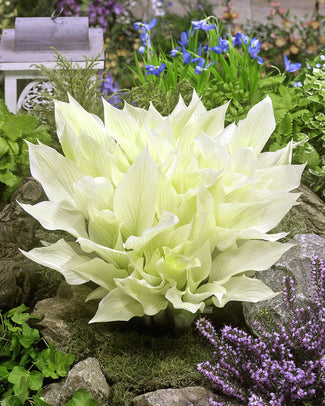
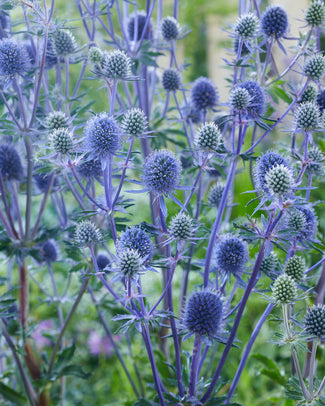
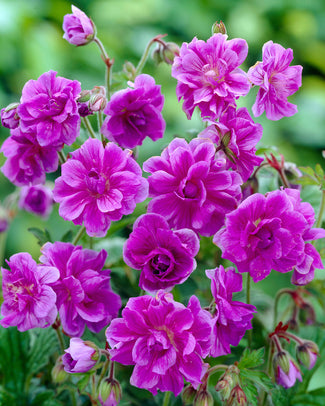
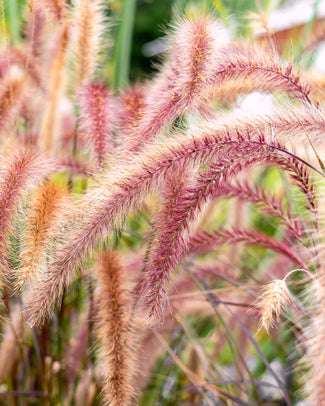
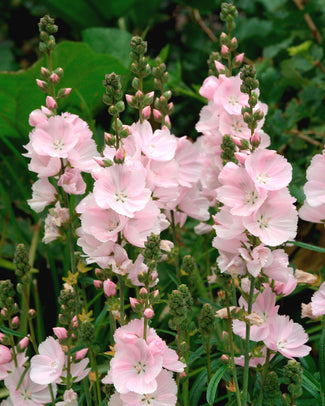
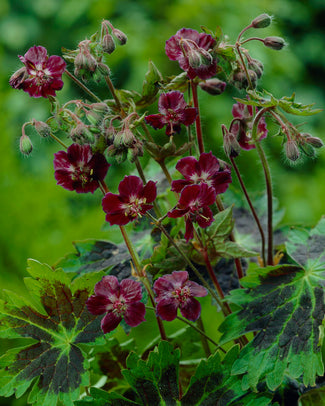
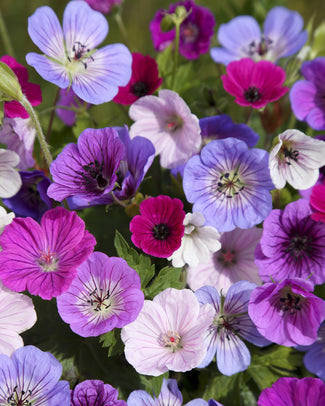
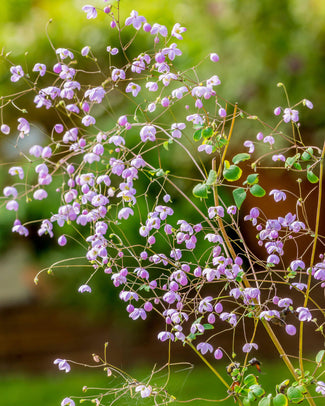
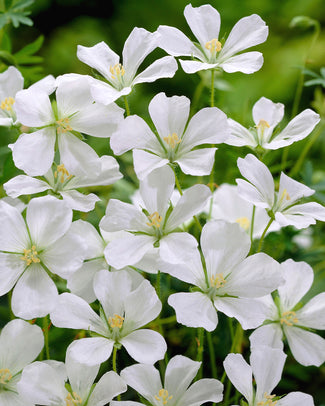
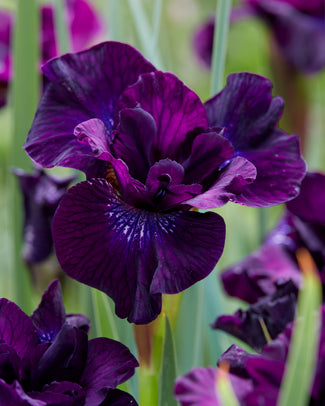
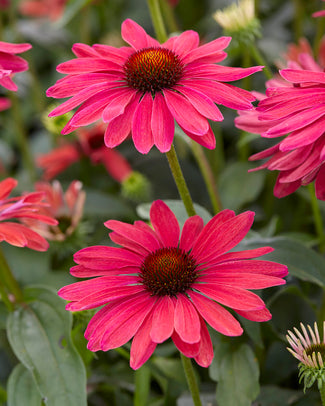
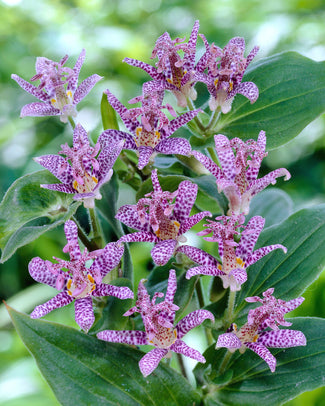
![Agapanthus 'Black Buddhist' []](http://www.farmergracy.co.uk/cdn/shop/products/agapanthus-black-buddhist-1_325x.jpg?v=1575625838)
